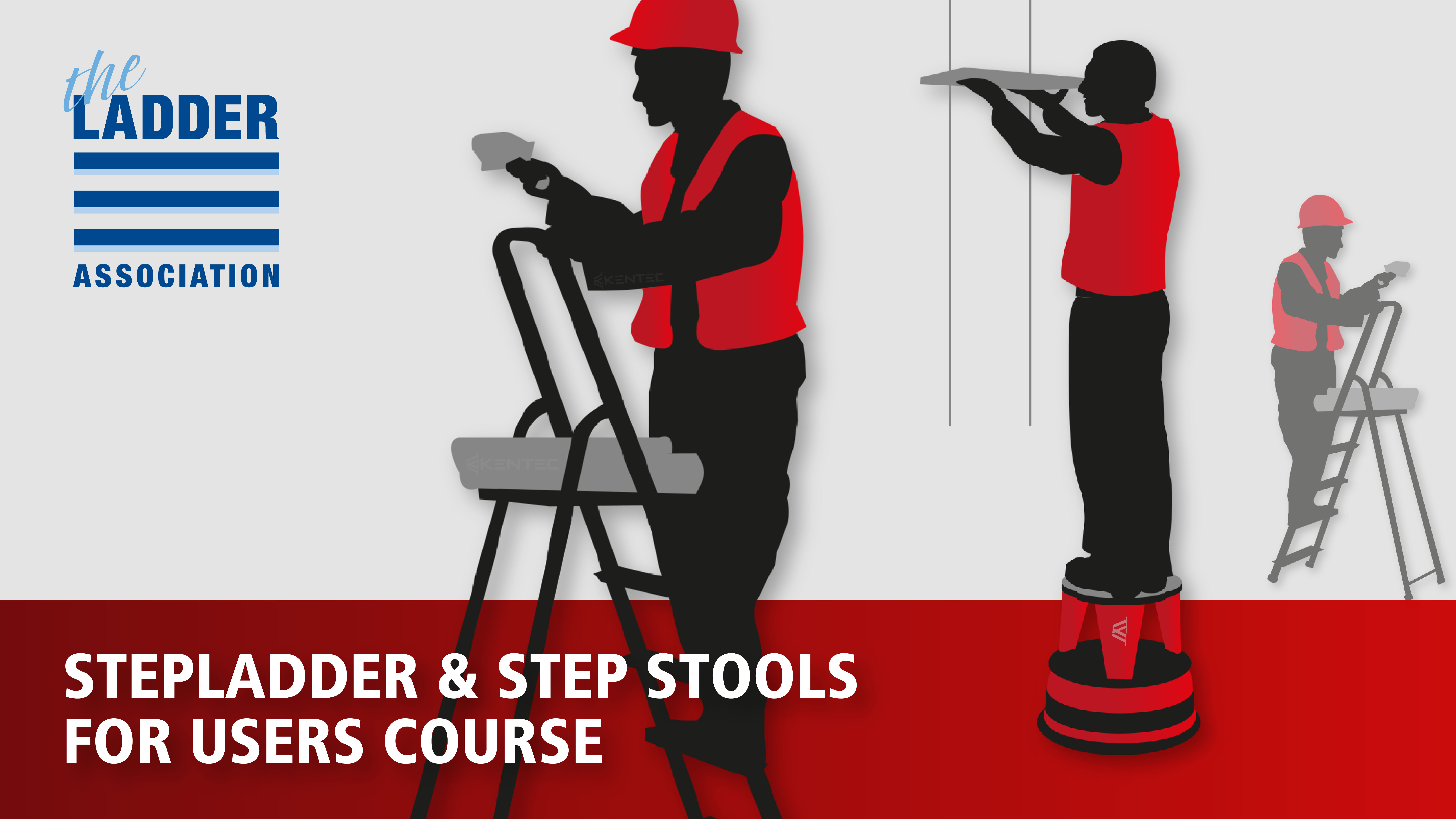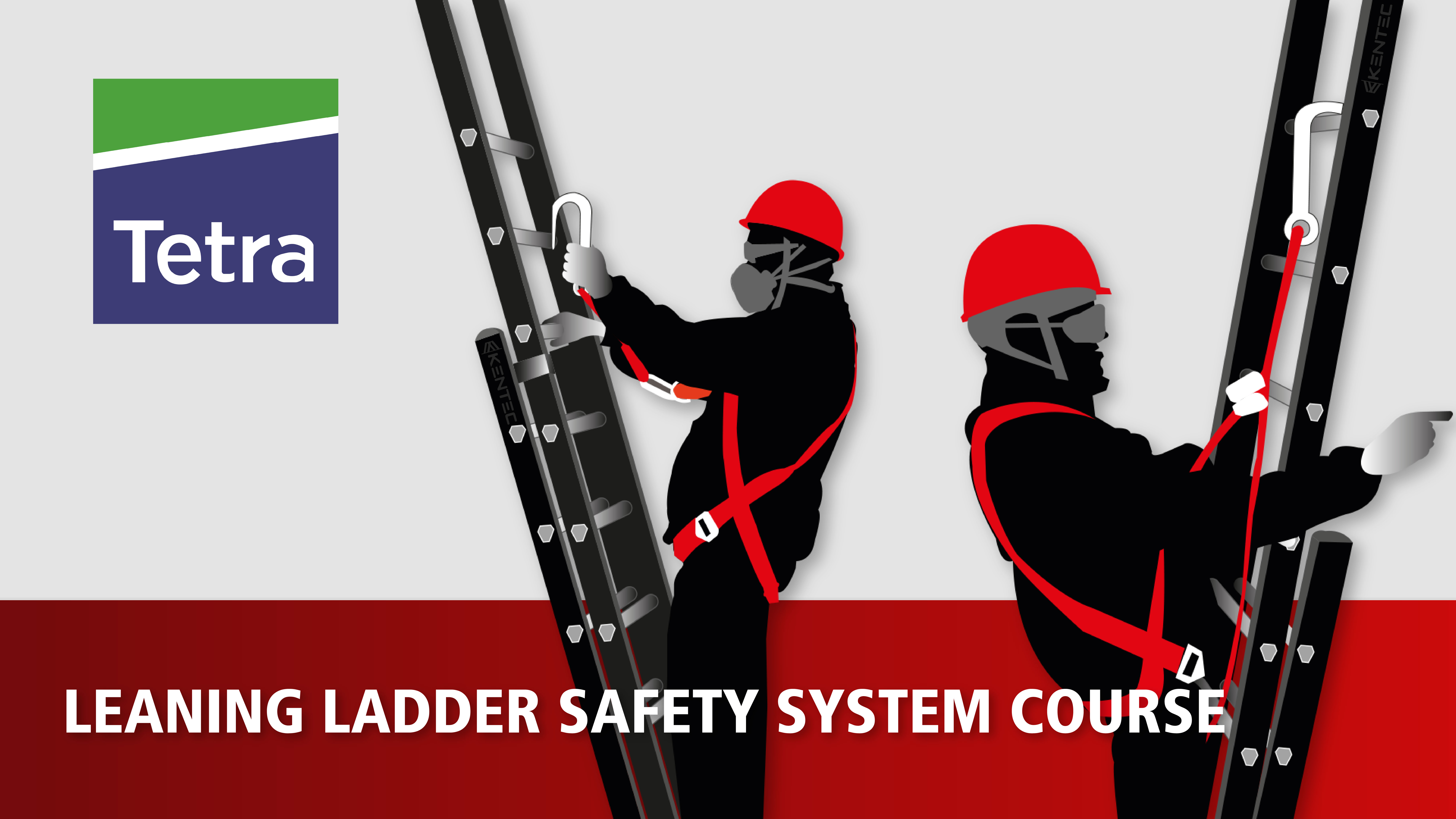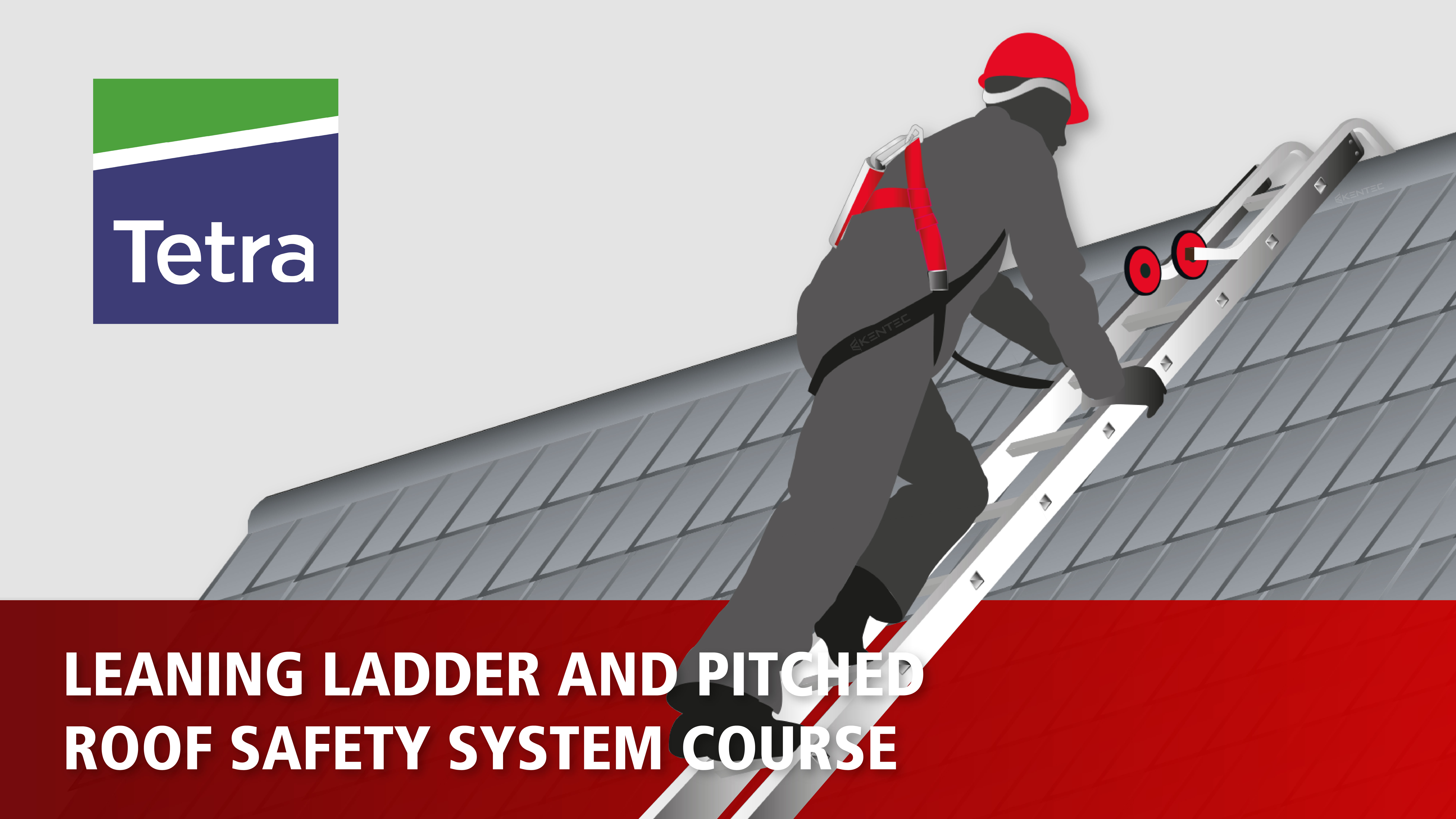
Despite the introduction of the revised BS EN131 standard in early 2019, Falls from Height remain one of the leading causes of workplace fatalities in the United Kingdom. Choosing a safe ladder for the job goes beyond just checking for surface level dings and dents, it requires a wide range of insights. Kentec Training’s Managing Director and current Vice-Chair of the Ladder Association, Steve Booker, has prepared the following guide to help you select a safe ladder for the job.
Certification
The BS EN131 standard mandates that all portable ladders must be more stable, stronger and sturdier than before. This has resulted in the introduction of wider ladder bases in the form of stabilising bars, a standardised maximum working load of 150kg, and more robust and resilient materials/designs.
While there is no legal obligation for ladder manufacturers to comply with the standard, employers are however required to provide safe work at height equipment for their employees – certification to BS EN131 is one easy way of employers demonstrating that.
Be sure to check that your ladder is BS EN131 certified by checking for a valid certification label on your ladder, such as those from the Test & Research Centre. Alternatively, ask either your supplier or manufacturer for a copy of the certification.
Type
The next step is to ensure you’re choosing the right type of ladder for the right job. While all ladders should conform to the BS EN131 standard, the more uncommon types of ladders can sometimes fall under different standards entirely – wherein different rules apply. Be sure to check that your ladder type is properly categorised and certified under the correct standard is essential.
- Leaning Ladders: EN131 Parts 1, 2 & 3
- Stepladders: EN131 Parts 1, 2 & 3
- Combination Ladders: EN131 Parts 1, 2 & 3
- Multi-Hinge Point Ladders: EN131 Part 4
- Telescopic Ladders: EN131 Part 6
- Step Stools: EN14183
- Warehouse Steps: EN131 Part 7
- Roof Ladders: BS 8634
Class
Ladders are categorised into two different classes, Professional and Non-Professional (Domestic). Professional ladders are the most durable, are designed to be used in more demanding workplace conditions and are intended to be used both at work and at home. Non-Professional (Domestic) ladders on the other hand, are intended for lighter, occasional use and can only be used at home – not at work.
The key difference between classifications is durability – professional ladders are designed to be used in workplace environments and are scrutinised a lot more during certification testing. Even in situations where ladders aren’t subject to particularly heavy use, such as in schools or colleges, the standard still applies, and they must conform to the ‘Professional’ classification.
You will be able to discern what class your ladder falls into by checking the labelling on the ladder.
Material
Choosing a ladder comprised of the appropriate material for the job is also a very important factor to consider. Ladders often come in 3 materials: Aluminium, Fibreglass, and Wood.
Aluminium: Considered the go-to choice for tradesmen and industrial workers alike, Aluminium ladders boast a lighter weight, higher durability, and are resistant to rust & corrosion. However, due to their conductivity, Aluminium ladders should never be used for electrical work.
Fibreglass: Fibreglass ladders are well-known for their strength, durability, and, most importantly, their non-conductivity to electricity. They do tend to be heavier and are known to degrade and become unstable over time if exposed to the elements, emphasising the importance of pre-use checks.
Wood: Wood ladders (sometimes referred to as Timber Ladders) are not as common nowadays and are slowly being phased out by aluminium and fibreglass ladders. They’re not without purpose however, they can be used for electrical work due to their lack of conductivity.
Height
To begin with, ensure that you check the Safe Working Height of your ladder – this determines how high you can safely reach. If the job is higher, you need a taller ladder, simple! Here are some helpful rules you can follow to ensure that you’re not incorrectly using the ladder and putting yourself at risk:
- On Leaning Ladders, ensure that you never stand on the last 3 rungs, and that your ladder is set at 75 degrees.
- On Stepladders, be sure to never stand on the top 3 treads.
- On Combination Ladders, never stand on the top 4 treads.
- Never over-reach from the Ladder. Return to the ground and reposition your ladder safely.
- Never try to gain extra height with boxes, blocks, MEWPs or Forklifts!
The key information you need to keep you safe is contained within the Ladder Association’s brief guide on the Safe Use of Ladders and Stepladders, as well as their Code of Practice documentation.
Pre-Use Checks & Detailed Inspections
Many people overlook the importance of what seems like such a menial task, unaware of the potential dangers they are causing themselves and others when ignored.
It is vital under the Work at Height Regulations 2005 (WAHR) to ensure the safety of your operatives whilst using ladders – this means that thorough pre-use checks must be carried out along with a schedule of detailed and recorded formal inspections. Despite the additional time it may take to carry out a suitable ladder inspection, it is essential that ladders are deemed safe before first use. Neglecting to carry out these simple pre-use checks can result in serious or even fatal injuries.
The following pre-use checks should be carried out daily before use of any equipment, please note the below list provides a basic overview;
- Check the stiles – make sure they are not bent or damaged.
- Check the feet & end caps – if they are missing, worn or damaged the ladder could slip. Also, check the ladder's feet when moving from soft/dirty ground to make sure the end caps are clean and in proper contact with the floor.
- Check the rungs – are they cracked, bent, worn, missing or loose?
- Check the fixings – are they worn, or missing? Also, double check the tightness of all fixings.
- Check any locking mechanisms – if they are bent or the fixings are worn or damaged, the ladder could collapse. Ensure any locking bars are fully engaged.
- Check the stepladder platform – if it is split or buckled the ladder could become unstable or collapse.
- Check the steps or treads on stepladders – if they are contaminated they could be slippery; if the fixings are loose on steps, they could collapse.
- Check the guide brackets – check the guides are present, and the fixings holding them in place are present and tight – failure in the stiles usually results in the ladder collapsing.
For further information and a more in-depth analyses of the ladder inspection process, we offer the L.A Ladder & Step Ladder Combined User & Inspection Course which upon completion allows successful delegates to use and work from ladders & step ladders safely, carry out both a pre-use and formal inspection and create and maintain the associated records of inspection.
📞 Want to find out more? Get in touch today on 0333 666 0555 or email our support team at sales@kentectraining.co.uk! We're here to help you raise standards and reduce risk across your workplace.




